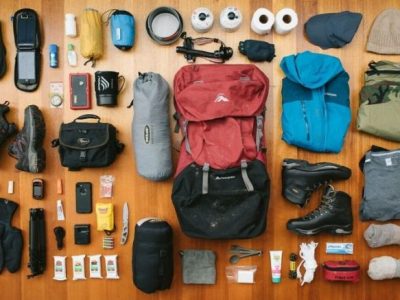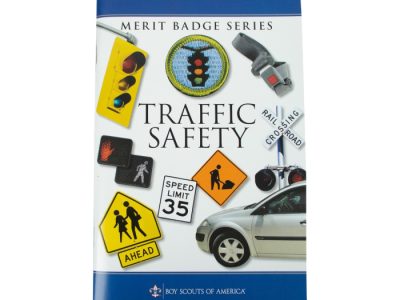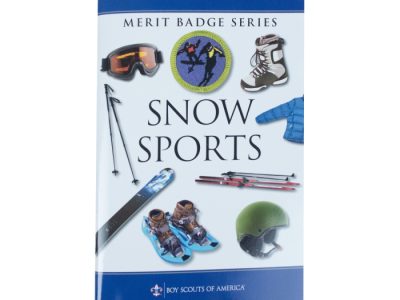Water sports equipment for scouts offers a range of options for safe and enjoyable aquatic adventures. From essential gear for canoeing and kayaking to specialized equipment for sailing and windsurfing, understanding the equipment and its proper use is crucial for scouts to maximize their water sports experiences.
Ensuring safety is paramount, with life jackets, helmets, and other protective gear being mandatory. Proper maintenance and storage of equipment are also vital to prolong its lifespan and ensure continued safety.
Water Sports Equipment Overview
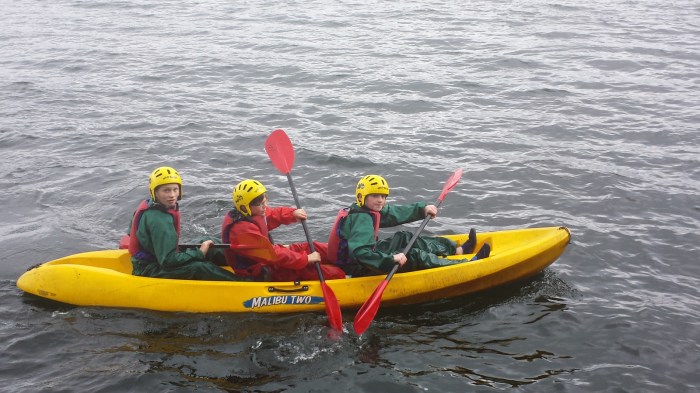
Water sports offer scouts a thrilling and adventurous way to connect with nature while developing essential skills. To ensure safety and enjoyment, it is crucial for scouts to have access to appropriate water sports equipment and to understand its proper use.
The range of water sports equipment available for scouts is vast, catering to various activities and skill levels. From basic swimming gear like life jackets and goggles to specialized equipment for activities like kayaking, canoeing, and stand-up paddleboarding, scouts can choose the equipment that best suits their needs and interests.
Safety and Proper Use of Equipment
Safety should always be the top priority when engaging in water sports. Scouts must wear properly fitted life jackets at all times while in or around water. It is essential to understand the limitations of the equipment and to use it only in appropriate conditions and under proper supervision.
Proper use of equipment ensures not only safety but also enhances the overall experience. Scouts should receive thorough instruction on how to use each piece of equipment correctly. This includes learning proper paddling techniques, how to enter and exit boats safely, and how to respond to emergencies.
Essential Equipment for Canoeing and Kayaking
Canoeing and kayaking are exciting water sports that offer a great way to explore nature and get some exercise. However, it’s important to have the right equipment to ensure a safe and enjoyable experience.
Essential Gear
- Boat:The first and most important piece of equipment is the boat itself. Canoes and kayaks come in a variety of shapes and sizes, so it’s important to choose one that is appropriate for your needs and experience level.
- Paddle:The paddle is used to propel the boat through the water. There are different types of paddles available, so it’s important to choose one that is the right size and shape for your boat.
- Life jacket:A life jacket is essential for safety in case of a capsize. It’s important to wear a life jacket that is the right size and fit for you.
- Whistle or air horn:A whistle or air horn can be used to signal for help in case of an emergency.
- First-aid kit:A first-aid kit can be used to treat minor injuries.
- Water bottle:It’s important to stay hydrated, especially when paddling in hot weather.
- Sunscreen:Sunscreen can help protect your skin from the sun’s harmful rays.
- Insect repellent:Insect repellent can help keep away mosquitoes and other insects.
Safety Gear for Water Sports: Water Sports Equipment For Scouts
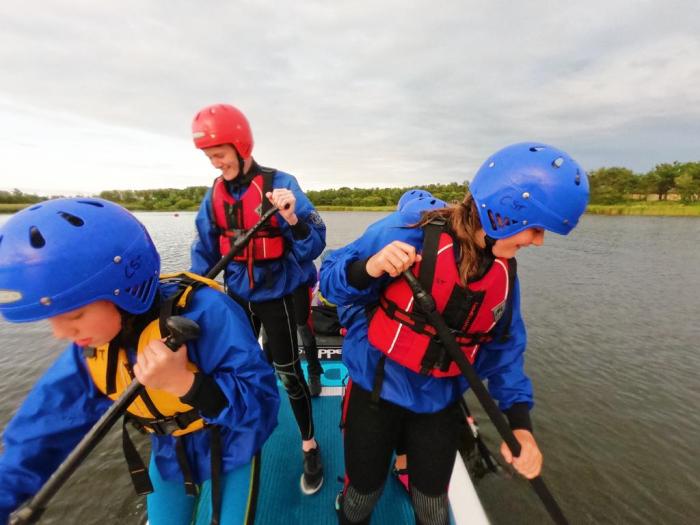
Ensuring the safety of participants is paramount in water sports. To mitigate risks and prevent accidents, a comprehensive range of safety gear is mandatory. This article provides an overview of the essential safety equipment required for water sports, highlighting regulations and requirements for life jackets, helmets, and other protective gear.
Life Jackets
Life jackets, also known as personal flotation devices (PFDs), are the most crucial safety gear in water sports. They provide buoyancy and keep individuals afloat in case of emergencies. Regulations vary depending on the type of water activity and the jurisdiction.
In general, life jackets are required for all participants in canoeing, kayaking, and other water sports where immersion is possible.
- Types of Life Jackets:There are different types of life jackets designed for specific water activities. Type I life jackets provide the highest level of buoyancy and are suitable for rough waters and extended periods in the water. Type II life jackets are designed for calm waters and provide moderate buoyancy.
Type III life jackets are designed for calm waters and offer less buoyancy than Type I and II.
- Fit and Size:Life jackets must fit snugly without being too tight or loose. They should be of the appropriate size and weight range for the wearer.
- Inspection and Maintenance:Life jackets should be regularly inspected for tears, rips, or damage. They should also be cleaned and dried after each use to prevent mildew and deterioration.
Helmets
Helmets are essential for protecting the head from impact and injury in water sports such as canoeing and kayaking. Regulations may vary depending on the jurisdiction, but helmets are generally required for whitewater paddling and other activities where there is a risk of head injury.
- Types of Helmets:Water sports helmets are designed to protect the head from impacts and provide flotation. They come in various styles and materials, such as plastic, fiberglass, or carbon fiber.
- Fit and Size:Helmets should fit snugly and securely on the head without obstructing vision or hearing. They should be of the appropriate size and shape for the wearer.
- Inspection and Maintenance:Helmets should be inspected regularly for cracks, dents, or damage. They should also be cleaned and dried after each use to prevent mildew and deterioration.
Other Protective Gear
In addition to life jackets and helmets, other protective gear may be necessary depending on the water activity and the environment. This includes:
- Wetsuits or Dry Suits:Wetsuits or dry suits provide insulation and protection from cold water and wind. They are particularly important for activities in cold or rough waters.
- Footwear:Water shoes or sandals with non-slip soles provide protection for the feet from sharp objects and slippery surfaces.
- Gloves:Gloves protect the hands from blisters, abrasions, and cold temperatures.
- Whistle:A whistle is an essential signaling device in case of an emergency.
Specialized Equipment for Advanced Water Activities
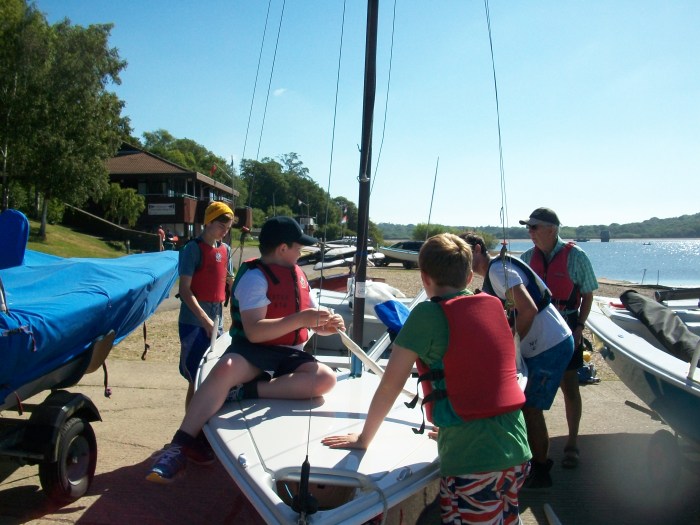
Advanced water sports like sailing, windsurfing, and paddleboarding require specialized equipment that enhances performance and safety. These tools are designed to optimize control, maneuverability, and stability in various water conditions.
Sailing
Sailboats utilize sails, masts, booms, and rudders for propulsion and steering. Sails are made of lightweight, durable materials like Dacron or Mylar, and their shape and size determine the boat’s speed and agility. Masts support the sails, while booms allow sailors to adjust the sail’s angle and tension.
Rudders provide directional control by pivoting underwater.
Windsurfing
Windsurfers use boards with sails attached to a mast. The mast and sail are connected to the board via a universal joint, allowing for independent movement. Sailors control the sail’s position and angle using a boom, while a daggerboard or fin provides stability and prevents the board from drifting sideways.
Paddleboarding, Water sports equipment for scouts
Paddleboards are long, wide boards that are propelled by a single-bladed paddle. The boards are typically made of durable materials like fiberglass or epoxy, and their shape and size vary depending on the intended use (e.g., touring, racing, surfing). Paddles are lightweight and feature adjustable lengths and blades to accommodate different paddlers.
Equipment Maintenance and Storage
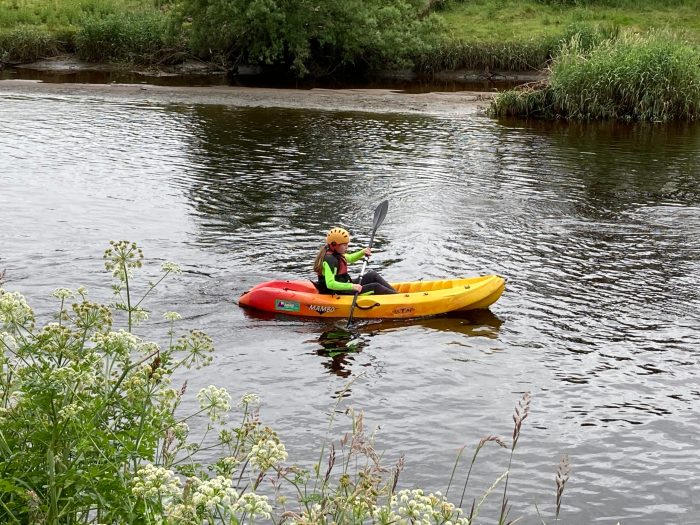
Proper maintenance and storage of water sports equipment are crucial to preserve its lifespan, prevent damage, and ensure safety. By following these best practices, scouts can prolong the functionality and reliability of their gear, ensuring enjoyable and safe water adventures.
Equipment Inspection and Cleaning
Before and after each use, inspect water sports equipment thoroughly for any damage or wear. Clean the equipment with fresh water to remove dirt, salt, or debris. Use a mild soap solution if necessary, but avoid harsh chemicals that can damage the materials.
Storage Conditions
Store water sports equipment in a dry, well-ventilated area. Avoid extreme temperatures and direct sunlight, as these can deteriorate the materials. Keep equipment away from sharp objects or other potential hazards that could cause damage.
Canoes and Kayaks
When storing canoes or kayaks, ensure they are properly supported and not resting on their hulls. Use racks or cradles to elevate the boats off the ground and prevent deformation. Cover the boats with a tarp or boat cover to protect them from the elements.
Paddles and Oars
Store paddles and oars upright in a designated rack or container. Avoid leaning them against walls or other objects, as this can cause warping. Check the paddle shafts and blades regularly for cracks or damage.
Safety Gear
Safety gear, such as life jackets and helmets, should be inspected and cleaned regularly. Store life jackets in a dry and ventilated area, away from direct sunlight. Check the straps and buckles to ensure they are in good working order.
Organizational Tools for Equipment Management
Managing water sports equipment requires an organized system to ensure efficient storage, inventory tracking, and maintenance. An organized approach helps maintain equipment longevity, reduces loss or damage, and ensures a smooth operation during water activities.
Storage solutions should consider the type and size of equipment. Larger items like canoes and kayaks can be stored on racks or trailers, while smaller items like paddles and life jackets can be stored in designated containers or lockers. Proper storage prevents damage and ensures easy access when needed.
Inventory Tracking
An accurate inventory system helps keep track of equipment quantities, locations, and condition. This can be maintained using spreadsheets, databases, or specialized software. Regular inventory checks identify missing or damaged items, allowing for timely replacements or repairs.
Maintenance Schedules
Establishing a maintenance schedule ensures equipment is regularly inspected, cleaned, and repaired. This helps extend equipment life, prevent breakdowns, and maintain safety standards. Maintenance tasks can be assigned to designated individuals or outsourced to professionals.
Final Conclusion
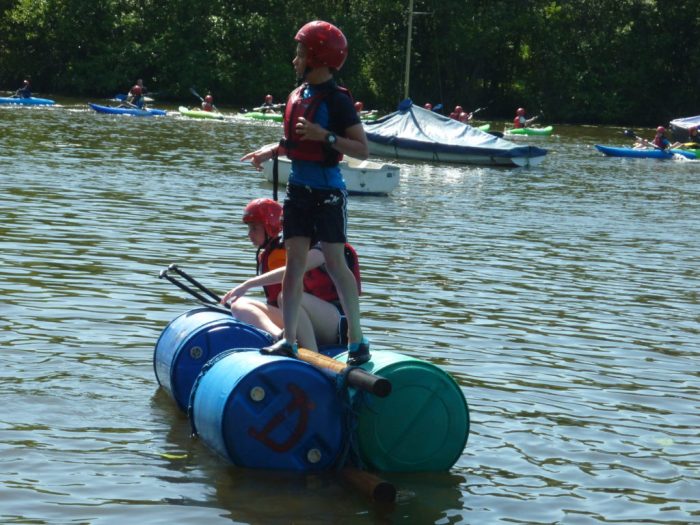
Equipping scouts with the right water sports equipment empowers them to confidently navigate various aquatic environments. By fostering a culture of safety and proper equipment management, organizations can create a fun and enriching water sports experience for scouts, fostering their love for aquatic adventures.
FAQ Section
What are the essential items for canoeing and kayaking?
Canoes and kayaks, paddles, life jackets, helmets, whistles, and bailers are essential gear for canoeing and kayaking.
What specialized equipment is used in sailing?
Sails, masts, booms, rudders, and centerboards are specialized equipment used in sailing.
How can equipment maintenance prolong its lifespan?
Regular cleaning, drying, and proper storage can significantly extend the lifespan of water sports equipment.

